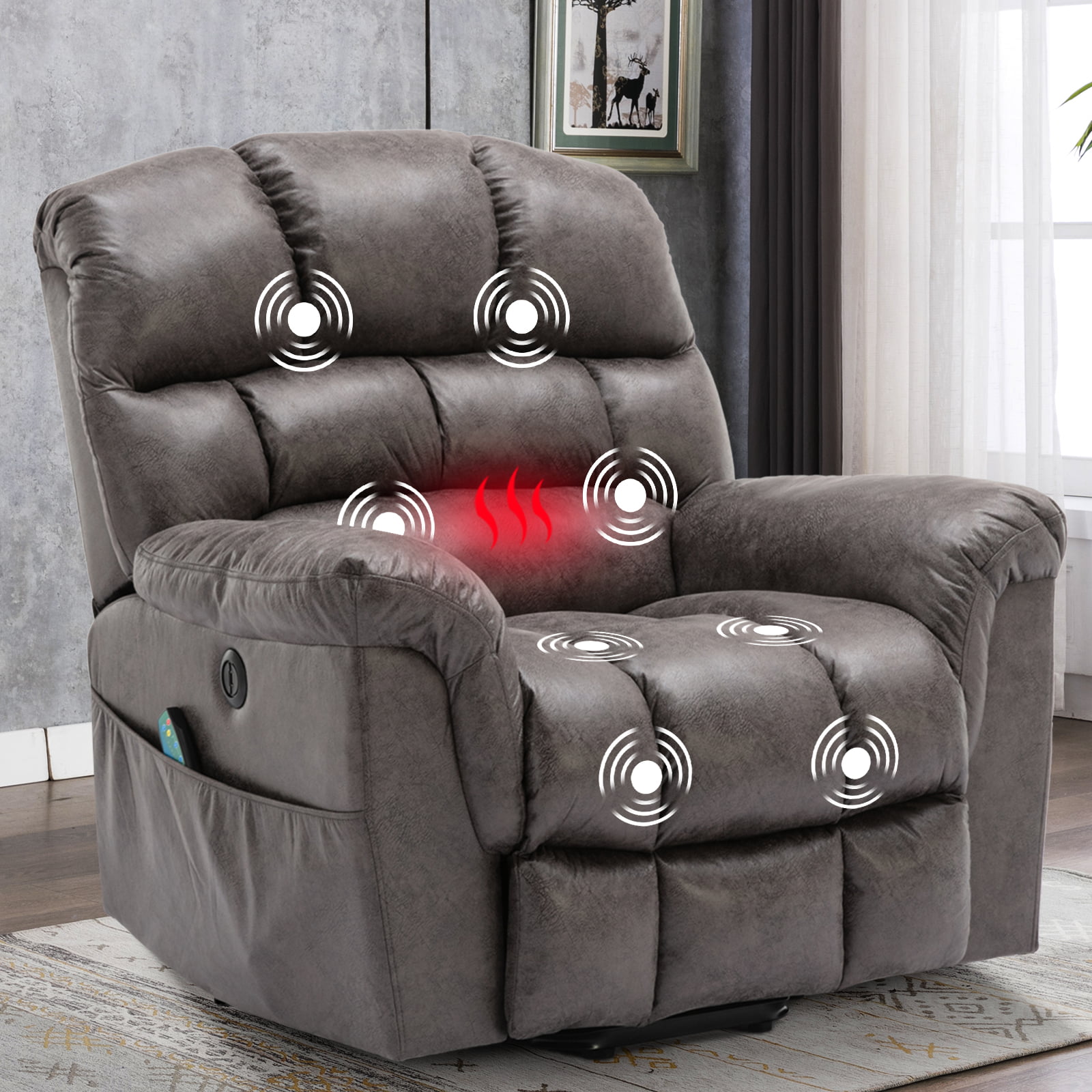Manufacturing and Sustainability: N500 Faux Leather Electric Massage Recliner Chair

The N500 faux leather electric massage recliner chair boasts a blend of comfort and modern technology. But beyond the plush feel and relaxing massage, lies a story of manufacturing processes and environmental considerations. Understanding these aspects is key to appreciating the chair’s overall value and its impact on our world. We’ll delve into the details of its creation, from material sourcing to its eventual disposal, highlighting opportunities for improvement.
N500 faux leather electric massage recliner chair – The N500 chair’s manufacturing process involves several key stages. First, high-quality faux leather is sourced from reputable suppliers who prioritize ethical and sustainable practices. This material undergoes rigorous testing to ensure durability and resistance to wear and tear. The chair’s frame is constructed using robust, recycled steel, minimizing the use of virgin materials. The electric massage mechanism and control system are assembled with precision, incorporating components from trusted electronics manufacturers committed to quality and efficiency. Throughout the production process, quality control checks are implemented at each stage, ensuring the final product meets the highest standards. This commitment to quality extends to the packaging, which utilizes recycled cardboard and minimal plastic, reflecting our dedication to environmental responsibility.
Materials Sourcing and Production Methods
The selection of materials is a crucial step in minimizing the environmental footprint of the N500 chair. The faux leather used is carefully chosen for its durability and resistance to wear, extending the chair’s lifespan and reducing the need for frequent replacements. The steel used in the frame is sourced from recycled materials whenever possible, reducing reliance on new steel production which is energy-intensive and contributes to greenhouse gas emissions. Similarly, the electronic components are selected based on energy efficiency and longevity, minimizing the need for frequent repairs or replacements. The manufacturing process itself prioritizes efficiency, minimizing waste and energy consumption through optimized production lines and lean manufacturing techniques. This includes reducing energy usage during production and implementing measures to recycle manufacturing byproducts whenever possible.
Environmental Impact and Disposal, N500 faux leather electric massage recliner chair
The environmental impact of the N500 chair encompasses its entire lifecycle, from material extraction and manufacturing to its eventual disposal. The production of faux leather, while less impactful than traditional leather, still involves chemical processes that can contribute to pollution if not managed responsibly. Similarly, the energy consumption during manufacturing and transportation contributes to greenhouse gas emissions. However, the use of recycled steel and energy-efficient components helps mitigate these impacts. At the end of its life, the chair’s components can be recycled or repurposed, further minimizing its environmental footprint. We encourage responsible disposal through recycling programs to recover valuable materials and prevent landfill waste. This is a key element in our commitment to responsible manufacturing.
Improvements for Enhanced Sustainability and Longevity
Several improvements can further enhance the N500 chair’s sustainability and longevity. By implementing these changes, we can significantly reduce the chair’s environmental impact and extend its useful life.
- Increased use of recycled materials: Exploring the use of recycled plastics in addition to recycled steel could further reduce reliance on virgin materials.
- Biodegradable components: Investigating the use of biodegradable or compostable materials for certain components, such as packaging, would significantly reduce waste.
- Modular design: Implementing a modular design would allow for easier repair and replacement of individual parts, extending the chair’s lifespan and reducing the need for complete replacements.
- Sustainable packaging: Further reducing plastic use in packaging by utilizing more sustainable alternatives like fully recyclable cardboard and paper-based materials.
- Extended warranty and repair services: Offering extended warranties and readily available repair services will encourage consumers to maintain and repair their chairs rather than replace them.
